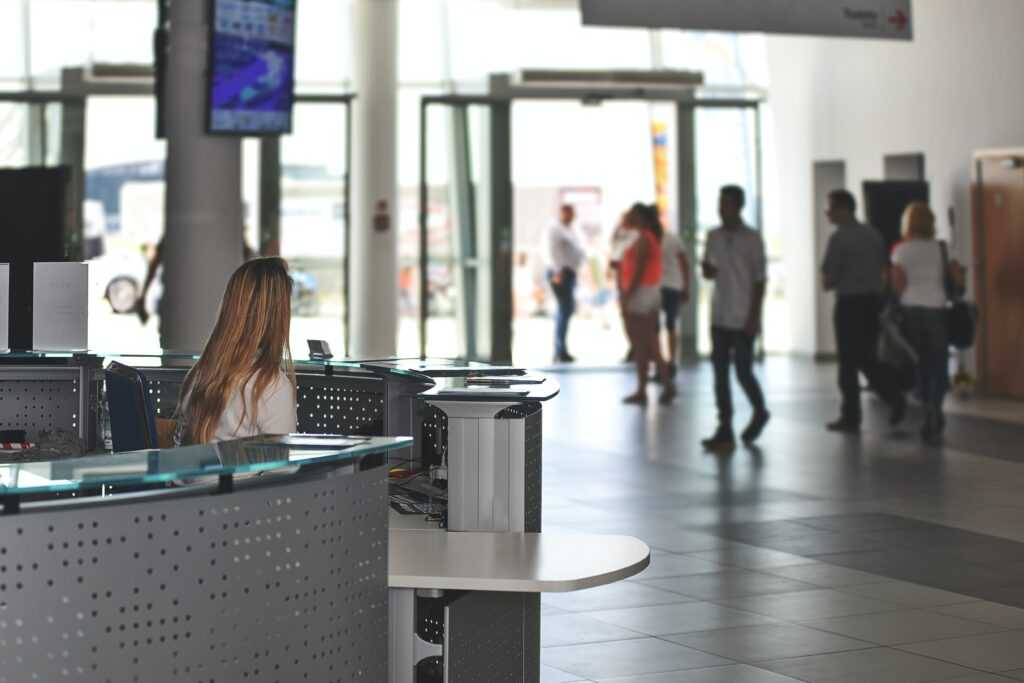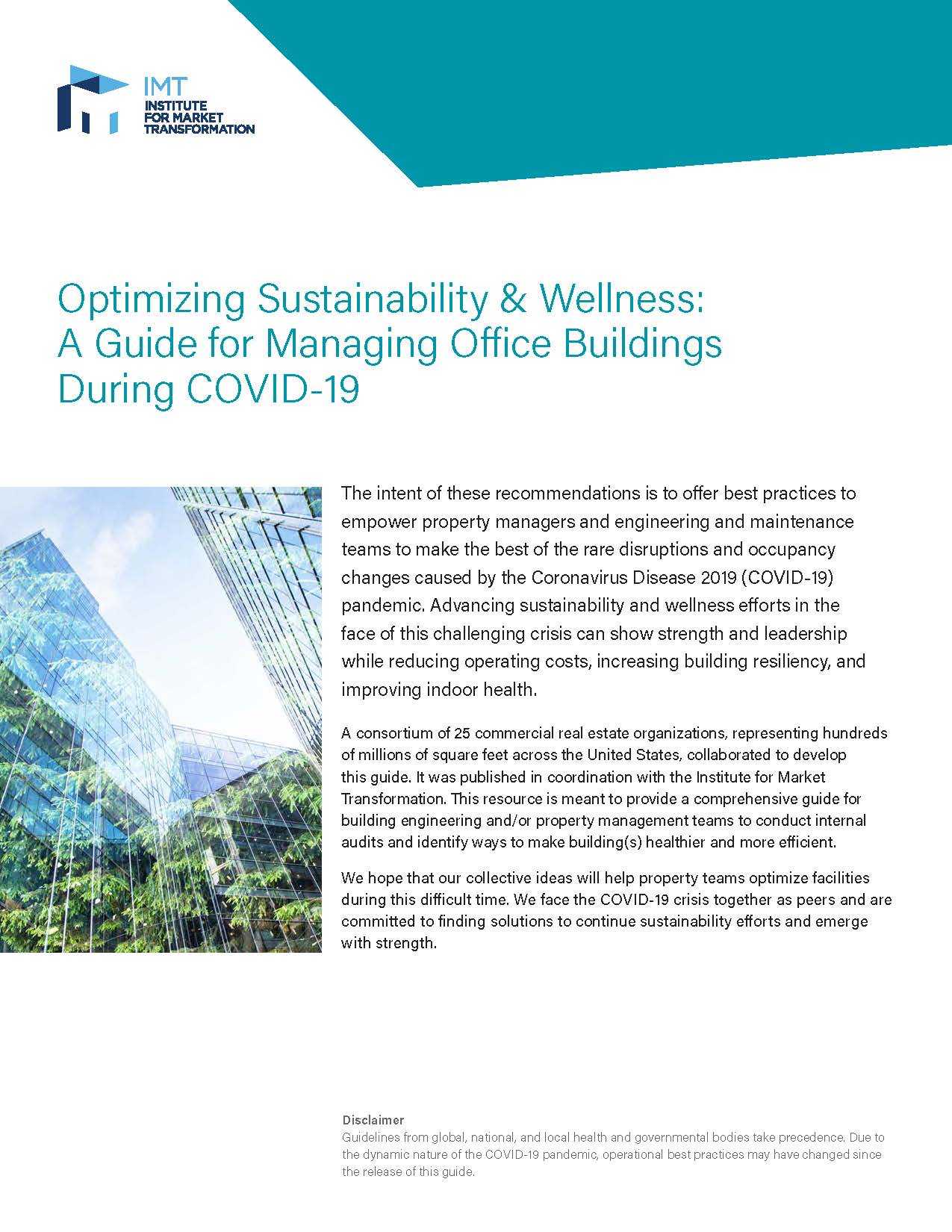After two months of novel coronavirus lockdowns, many businesses are re-opening, but property management is not returning to normal. Many occupants are continuing to telework, some businesses are re-opening at partial capacity, and others are, sadly, closing their doors. Building owners and managers must respond to these trends by keeping overhead costs low for themselves and for tenants, while also managing health risks for everyone on site. To help, IMT has published two new resources that can help: a checklist for property managers to maximize building efficiency and a template for landlords and tenants to communicate about their anticipated building use.

Most office buildings are at least partially occupied, likely by a few tenants and facilities staff and property managers. However, we aren’t seeing operations reductions at levels that match the current occupancy levels. Hatch Data, a commercial real estate software company, reported electricity reductions around 20 percent at the end of March and beginning of April. This data was taken during the height of quarantines, so why were buildings still mostly expending the same levels of energy despite being largely vacant? Many existing office buildings lack the sophisticated controls needed to reduce energy consumption on a space-by-space or floor-by-floor level. Additionally, leases between landlords and tenants may also prohibit certain energy-saving actions to occur.
To reduce energy while still maintaining essential services, building owners and operators need to do two things:
1. Communicate with their tenants about their plans
2. Assess where energy can be strategically reduced while still maintaining healthy spaces.
To assist with the first task, IMT produced a tenant outreach guide that can be easily distributed across properties and customized for each tenant. To facilitate the second task, IMT partnered with a consortium of 25 national commercial real estate organizations to develop the Optimizing Sustainability and Wellness Guide. These resources are designed to open productive communication channels between building operators, property managers, building owners, and tenants to work together as everyone navigates the path back to normal operations.
It’s important to note that while health and economic viability are at the forefront of everyone’s minds, the pandemic hasn’t slowed climate change. The resources above offer solutions both for the present moment and for the greater collective challenge of reducing greenhouse gas emissions from energy use. Buildings contribute to around 40 percent of national energy use. Let’s do the right thing for businesses and for our collective health and prosperity by going back to work smarter, healthier, and more sustainably.

